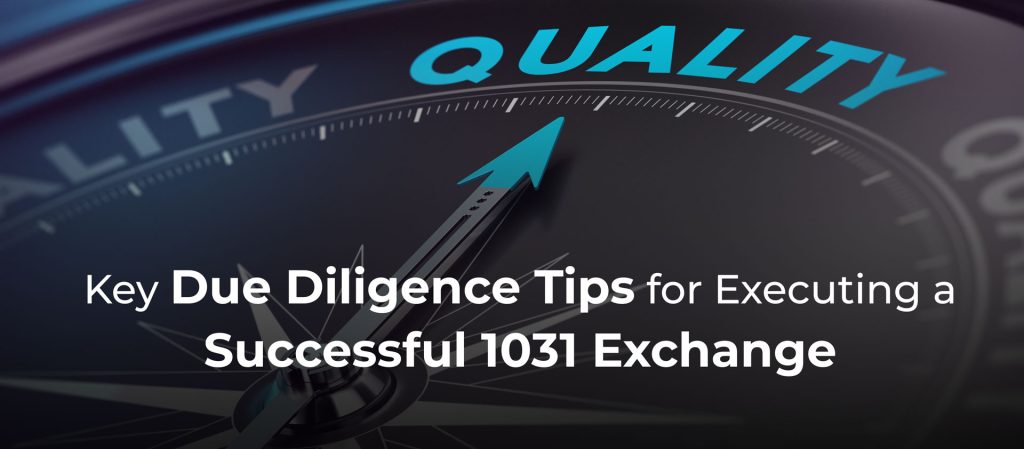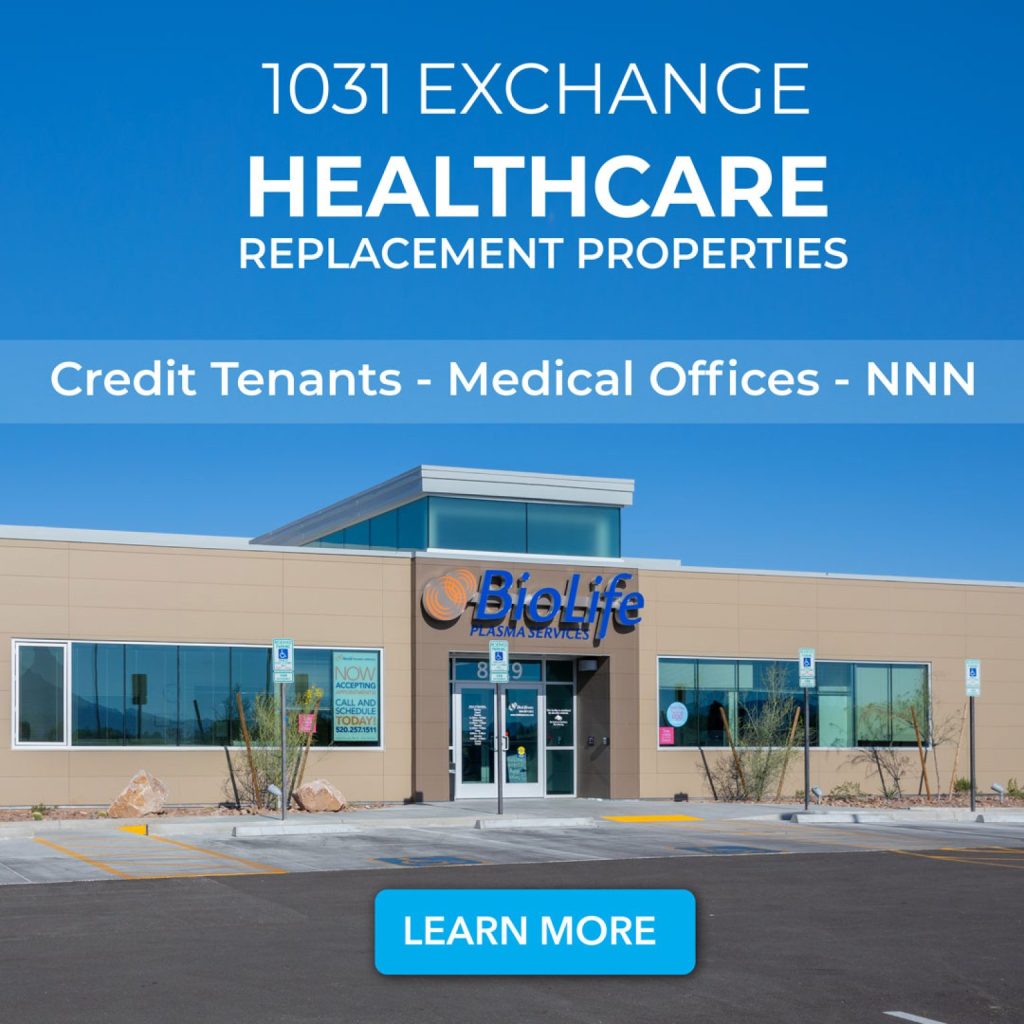A 1031 exchange offers a strategic avenue for deferring capital gains taxes while expanding your commercial property portfolio. However, the process requires meticulous planning and an understanding of critical due diligence steps to ensure its success. Here are twelve essential tips derived from decades of industry experience to help guide your next 1031 exchange.
1. Consult Your Professional Advisors Early
Begin your 1031 exchange journey by consulting your tax and legal advisors. Their expertise tailored to your specific situation is invaluable, and while general tips can guide you, they cannot replace personalized professional advice.
2. Scrutinize Broker Offering Memorandums
Broker offering memorandums can be misleading. Carefully analyze these documents; even terms like “strong franchisee” require a deep dive into the specifics, such as the actual number of locations operated by the tenant versus the franchisee.
3. Approach Sale/Leasebacks with Caution
Sale/leasebacks, particularly with franchisees, often present skewed lease terms favoring the tenant. Opt for properties with developer-negotiated leases as they tend to be more balanced, foreseeing potential resale.
4. Allow Ample Time for the Downleg Closure
The closing timeline on your current property, or downleg, should give you enough room to identify and finalize the upleg properties. Utilizing clauses in your sale agreement can provide the flexibility needed to align these timelines effectively.
5. Set Clear Parameters for Upleg Selection
Define specific criteria for your upleg property to avoid getting overwhelmed by choices. Know exactly what you want, such as seeking absolute NNN properties in tax-free states, to streamline the search and decision-making process.
6. Assemble a Competent Team
Diverse expertise is crucial. For properties outside your state, consider hiring local legal counsel. Utilize national services for inspections and environmental reports to save time, albeit sometimes at a higher cost.
7. Prepare for Third-Party Report Costs
Accept that third-party reports are both costly and time-consuming but essential for informed decision-making. Budget for these expenses understanding some reports might not be ultimately useful.
8. Secure Financing in Advance
If your exchange involves debt, arrange it beforehand. A reliable mortgage broker can save time and provide additional leverage in negotiations.
9. Ensure Access to Adequate Funds
Unexpected expenses are common. Having excess cash or a line of credit can provide the necessary buffer to manage these costs without derailing your exchange.
10. Choose a Professional Broker
The right broker is invaluable. Ensure they understand your goals and are committed to supporting you throughout the process. Their credibility and network can significantly impact the success of finding and securing the right upleg properties.
11. Physical Inspections are Critical
Despite technological advancements in property analysis, visiting the property remains irreplaceable. It reveals issues not evident in online images or data, such as local nuisances or misleading property features.
12. Be Prepared to Meet the Market Price
In a competitive market, securing desired properties might require paying the asking price. The cost of losing a potential upleg property often outweighs the savings negotiated below the asking price.
Safeguarding Your Interests
Choosing a reputable Qualified Intermediary (QI) is crucial. Perform thorough due diligence on the QI’s practices, ensuring they have robust measures in place to secure and handle your funds. Before starting a 1031 exchange, it’s important to consult with tax and legal experts to fully grasp the implications tailored to your personal circumstances.
By following these due diligence steps, you can significantly enhance the success rate of your 1031 exchanges, ensuring both compliance and financial security.
Also, for more information on due diligence, read our article “Underwriting NNN Replacement Properties in a 1031 Exchange Structured as a DST.“


